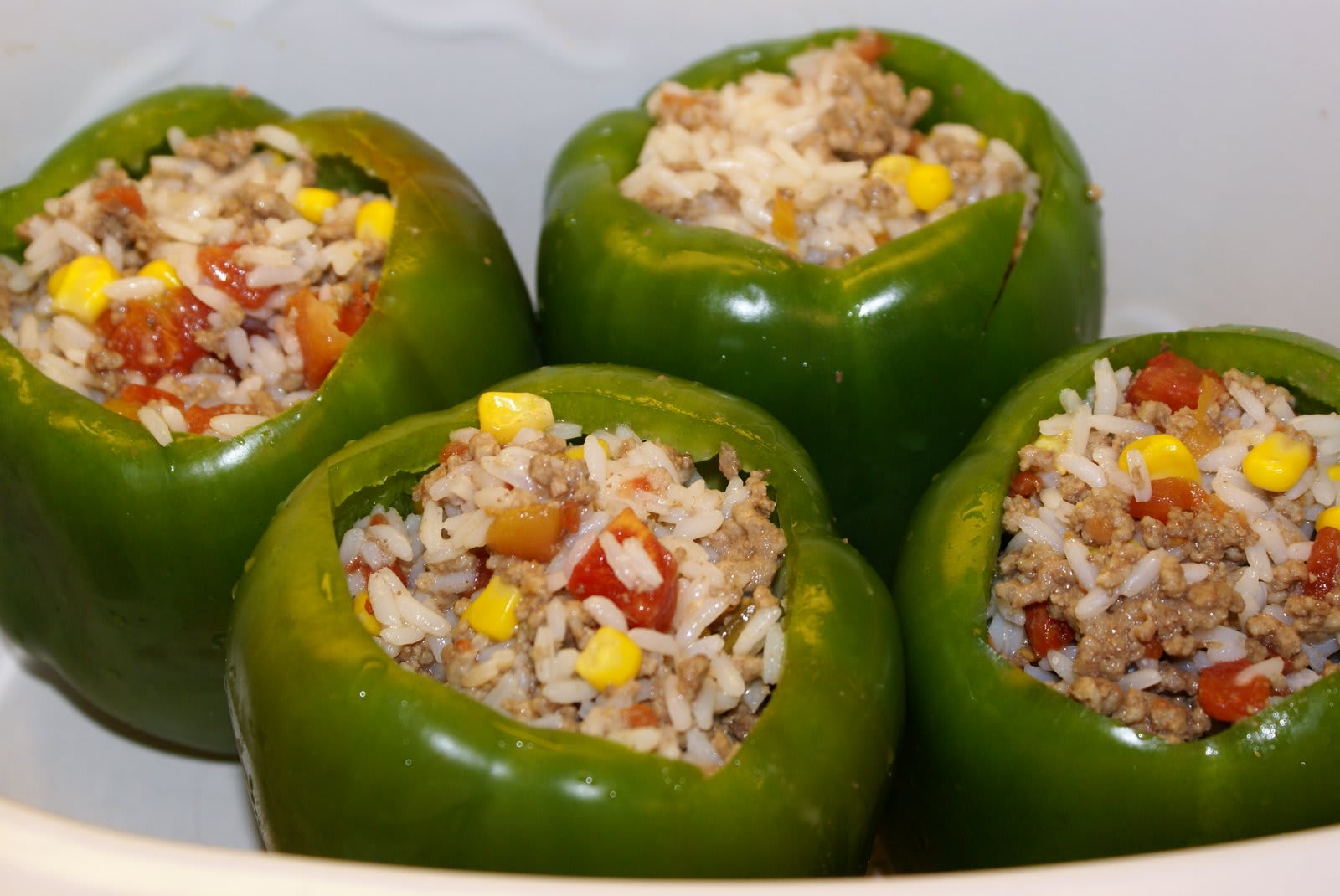
There’s an old joke in the Jewish community: The High Holidays are always either early or late; they’re never on time! Well, this year they’re late (Rosh Hashanah begins at sundown on September 29th). But aside from that, this year Shabbat begins one day after Yom Kippur ends (the evening on October 10th). Sukkot, of course, is just a few days later, beginning the evening of October 13th.
This is an extremely busy time! When are you going to cook everything?
It’s tough to plan and prepare so many meals in so little time. This is supposed to be a festive time, but this cluster of holidays can be stressful.
What I do in times like this is get out a big pad and create a master game plan. On separate pages I write down the meals I have to cook and on a second sheet I make two shopping lists. The first contains the ingredients I need immediately to make the dishes I can prepare well ahead, the second is for the stuff I have to buy later. A third sheet is a timetable. I write down the time I should begin a particular recipe and make separate entries for each step of each dish I am going to prepare. It might sound confusing, but if you try it you’ll see how helpful it can be.
Let me give you an example of the kind of meal planning I suggest for this year’s bunch of holidays, beginning with erev Yom Kippur and ending with Sukkot. Let me say right off that I buy some holiday foods and sometimes ask a close relative and my children to make a dish or two. But most of the cooking is up to me.
A pre-Yom Kippur meal should be filling –a bit heavier in carbohydrates — so you won’t be too hungry the next day. It should also be easy to digest and contain as little salt as possible, so you’re not too thirsty during the fast. Because kosher meat can be salty, I think the best entrée choice is fish. Here’s my menu:
- Challah
- Parsnip Soup
- Mustard-Panko Crusted Fish
- Mashed Potatoes
- Peas or String Beans
- Chocolate Layer Cake
Parsnip is a starchy vegetable, so this soup sticks to the ribs; it can be prepared a few days ahead, as can the mashed potatoes (and the cake, if you make your own). Keep the soup and mashed potatoes in air-tight containers in the refrigerator. The fish is almost fuss free: slather the surface of any kind of firm, white fish fillet with mustard, sprinkle with some lemon juice and scatter Panko crumbs (dry breadcrumbs) on top. It will take only a few minutes to prepare and you can set it up hours before you bake it (at 450 degrees for 8-15 minutes depending on the thickness of the fish).
For the break-the-fast, you can keep it simple: have a few store-bought cookies or rugelach on hand for immediate nibbling after synagogue — or buy hummus and pita bread — and serve a traditional menu of smoked fish, egg salad (which you can prepare two days ahead), cheese and bagels. (More ideas for this meal to come in an upcoming column)
For a Shabbat that comes this close to another holiday I suggest a braised dish or casserole that you can cook ahead, freeze and then reheat before sundown — brisket, stuffed cabbage, braised lamb shanks, eggplant Parmesan. I’ll be serving vegetable lasagna: layers of noodles, ricotta, mozzarella and Parmesan cheeses plus sautéed onions, mushrooms, eggplant, zucchini and yellow squash cloaked with tomato sauce. It’s already in the freezer. Having a dairy dinner gives me more options for dessert — my blueberry-buttermilk cake is in the freezer too. I’ll serve it with ice cream.
Sukkot is always fun to prepare for and is a healthy time too, with its focus on fruits and vegetables. With meals in a sukkah, be sure to prepare foods that are easily transportable, and to cut down on stress, choose foods that you can prepare ahead and that don’t need to be piping hot: cut up grilled chicken, meat or vegetable salads or casseroles, cold sliced skirt steak. Our Sukkot menu this year will include oven-fried chicken breasts (I’ll make them a day ahead), which we like as a sandwich on crusty bread with mayonnaise and sun dried tomatoes. In keeping with the tradition of serving stuffed vegetables on this holiday, I’ll also make Turkish-stuffed peppers (filled with rice, currants, onions, tomatoes and pine nuts). This dish is a little sweet, a little tangy, and definitely a family favorite. I make these a day ahead too and serve the peppers at room temperature.
In our family, dessert is always the same on Sukkot. I make apple pie, which for me, is the ideal dish, especially because fresh, new-crop apples are at their peak during the holiday season. It’s the dessert my Mom always made, so it brings good memories as well as a delicious last taste before the next holidays, Shemini Atzeret and Simchat Torah, which come quickly thereafter!

Ronnie Fein has been a freelance food and lifestyle writer since 1980. She currently writes regular features for the food and community sections of daily newspapers and has written articles for Newsday, Cook’s Illustrated, Consumer’s Digest, Connecticut magazine, and many other publications. She operates the Ronnie Fein School of Creative Cooking in Stamford, Connecticut and is the author of three cookbooks, the most recent is Hip Kosher (DaCapo, 2008).
The words of this author reflect his/her own opinions and do not necessarily represent the official position of the Orthodox Union.

